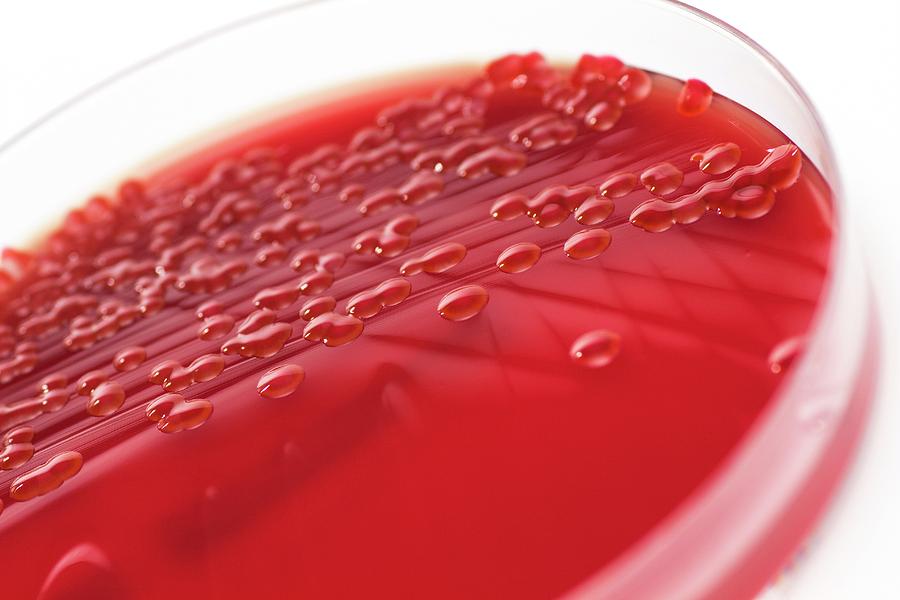The genus Serratia contains many named species, among which Serratia marcenens is the one most commonly isolated from human infections. S. marcescens is an opportunistic, Gram-negative facultative anaerobe and belongs to family Enterobacteriaceae. Given its frequent occurrence in hospital-acquired infections, S. marcescens has been commonly held to be a predominantly hospital-acquired infection. An important characteristic of S. marcescens is that it can produce a beta lactamase which confers resistance to the broad spectrum, beta lactum antibiotics, which often complicates the therapy. The main risk factors for bacteraemia/sepsis is hospitalization, placement of intravenous catheters, intraperitoneal catheters and urinary catheters and prior instrumentation of the respiratory tract.

The opportunistic pathogen S. marcescens commonly causes urinary tract and ocular lens infections. It has also been linked with endocarditis, osteomyelitis, septicemia, wound and respiratory tract infections. S. marcescens outbreaks in intensive care and neonatal care units have been frequently reported. Potential virulence factors involved in its pathogenicity are proteases, a nuclease, a lecithinase, and hemolysin. A 56 kDa serine protease has been shown to promote keratitis by cleaving IgG, IgA, and lysozyme. The best studied pathogenic factor is the hemolysin ShlA, which causes hemolysis of human and animal erythrocytes and the release of the inflammatory mediators. Another important factor in pathogenicity is the tight physical contact with the target cell by way of the type 1 fimbriae protein.
S. marcescens infections are transmitted through hand-to-hand contact by medical personnel. In this case, solutions used for medical purposes, catheterizations, and needle punctures can be contaminated and infect patients. Patients may also be infected with S. marcescens because it is known to survive and grow well on disinfectants, antiseptics, and in distilled water. In addition, S. marcescens have been found in de-ionized water isolated from blood bags.
Many cases of S. marcescens are diagnosed by taking a biopsy of infected blood, tissue or mucous. These samples are then grown in culture to see if a colony of S. marcescens appears.
After identification of S. marcescens infection, control measures will be used to prevent the spread of S. marcescens. Hospitals isolate patients, enforce hand disinfection along with glove and gown use, and investigated correct use of antimicrobial substances. Furthermore, effective measures of environmental cleaning depend highly on the availability of trained service personnel. Therefore, additional personnel should be recruited to help disinfect environmental hand contact surfaces and multiuse equipment.
Once the patient is diagnosed with S. marcescens, doctors have to choose the right antibiotic treatment to eliminate it. Many strains of this bacterium have been found and special care needs to be taken to treat patients without overuse of the drug. Trained personnel should expose cultured biospies of S. marcescens taken from patients to different antibiotics to see which antibiotics are more effective in inhibiting its growth.
Reference: